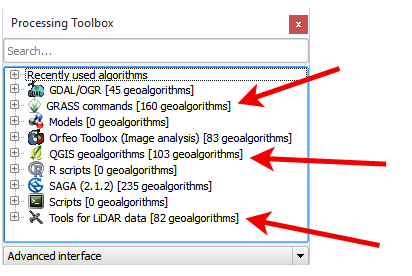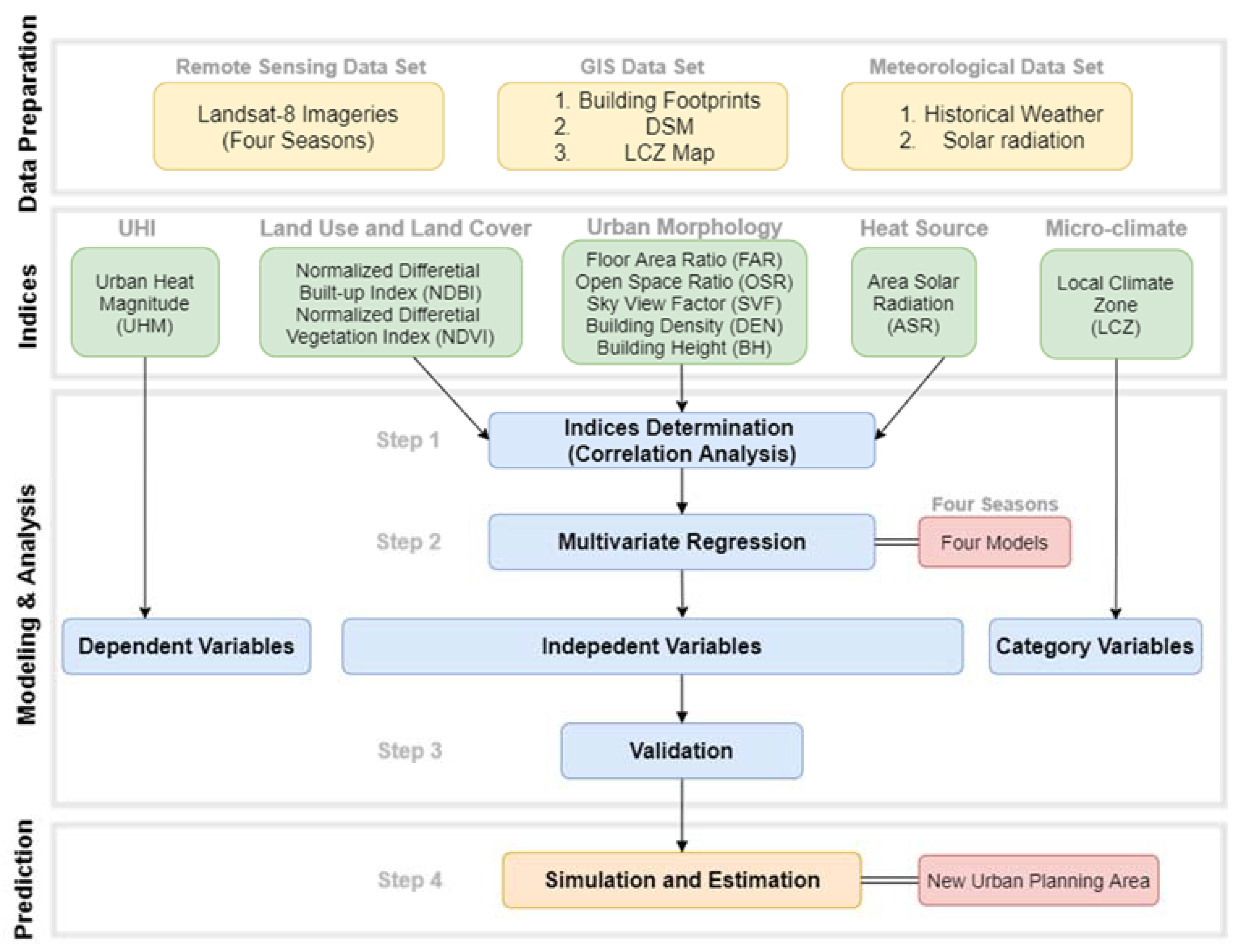
- #Exporting multiple sets of data driven pages arcgis 10.3 archive#
- #Exporting multiple sets of data driven pages arcgis 10.3 software#
#Exporting multiple sets of data driven pages arcgis 10.3 software#
This gives developers the ability to write applications that read the export file, even if they don't have any software from ESRI. The geodatabase export format is an open, published XML format.
#Exporting multiple sets of data driven pages arcgis 10.3 archive#
For example, there is no need to extract a file from the ZIP archive before importing. You can import data directly from any of these three file types. If you're exporting a large amount of data and know you'll run into the 4 GB limit, export to a Z file, a compressed format that can hold more than 4 GB. You can export to this file type, providing the resulting file doesn't exceed 4 GB. This is the most popular file type because it reduces the size of the file you create, allowing you to save space and transfer the data more easily. If you export to a ZIP file, you export to a text file compressed inside a ZIP file. Export data to this file type only if you're certain you don't want to compress the data. However, if you're exporting data, it is best to export to one of the other types to reduce the size of the file you create. Exporting to this file type is sufficient if you're exporting schema only. If you export to an XML file, you export to an uncompressed text file.

You can export geodatabase data to one of three file types: XML, ZIP, or Z file. Learn more about loading data into existing feature classes and tables using the Object Loader versus the Simple Data LoaderĮxport files created by exporting features or records may also be referred to as XML recordset documents. You can load with ArcMap or from the Catalog tree.

When you load features or records from an export file, you load them into an existing feature class or table.

However, field properties, such as the alias, whether to allow null values, and the default value, do export. For example, if you export features from a feature class that uses a domain or has linked annotation, the domain or annotation doesn’t export with the features. When you export features or records to an export file, you export attributes and records without any dependent data. Both processes create new feature datasets, classes, and tables and transfer any dependent data.Įxport files created by exporting feature datasets, classes, and tables may also be referred to as XML workspace documents. When you import feature datasets, classes, and tables from an export file, you create new feature datasets, feature classes, and tables and import any dependent data as well.Įxporting these items and importing them into another geodatabase is the equivalent of using the Copy and Paste commands in the Catalog tree to copy data from one geodatabase to another. For a feature class that has a domain, subtype, or index, the domain, subtype, or index also exports. The same is true for a feature class that has feature-linked annotation: the feature-linked annotation exports too. If you export a feature class or table in a relationship, the relationship class, along with the feature class or table it relates to, also exports. Therefore, if you export a geometric network or topology class, then all the feature classes in the network or topology export. When you export feature datasets, classes, and tables to an export file, you export any dependent data as well. Exporting feature datasets, classes, and tables You can also export schema without any data. You export entire feature datasets, feature classes, or tables with the Export XML Workspace Document wizard. Refer to the Conversion toolbox help for information regarding these tools and their parameters.ĪrcGIS allows you to export all or any part of a geodatabase to an export file, providing you with a flexible way to transfer data.

Using the context sensitive menu in the Catalog tree.There are several ways to export data using ArcMap or from the Catalog tree: Exporting feature datasets, classes, and tablesĮxporting data allows you to share data across multiple geodatabases and optionally change the format of the data.


 0 kommentar(er)
0 kommentar(er)
